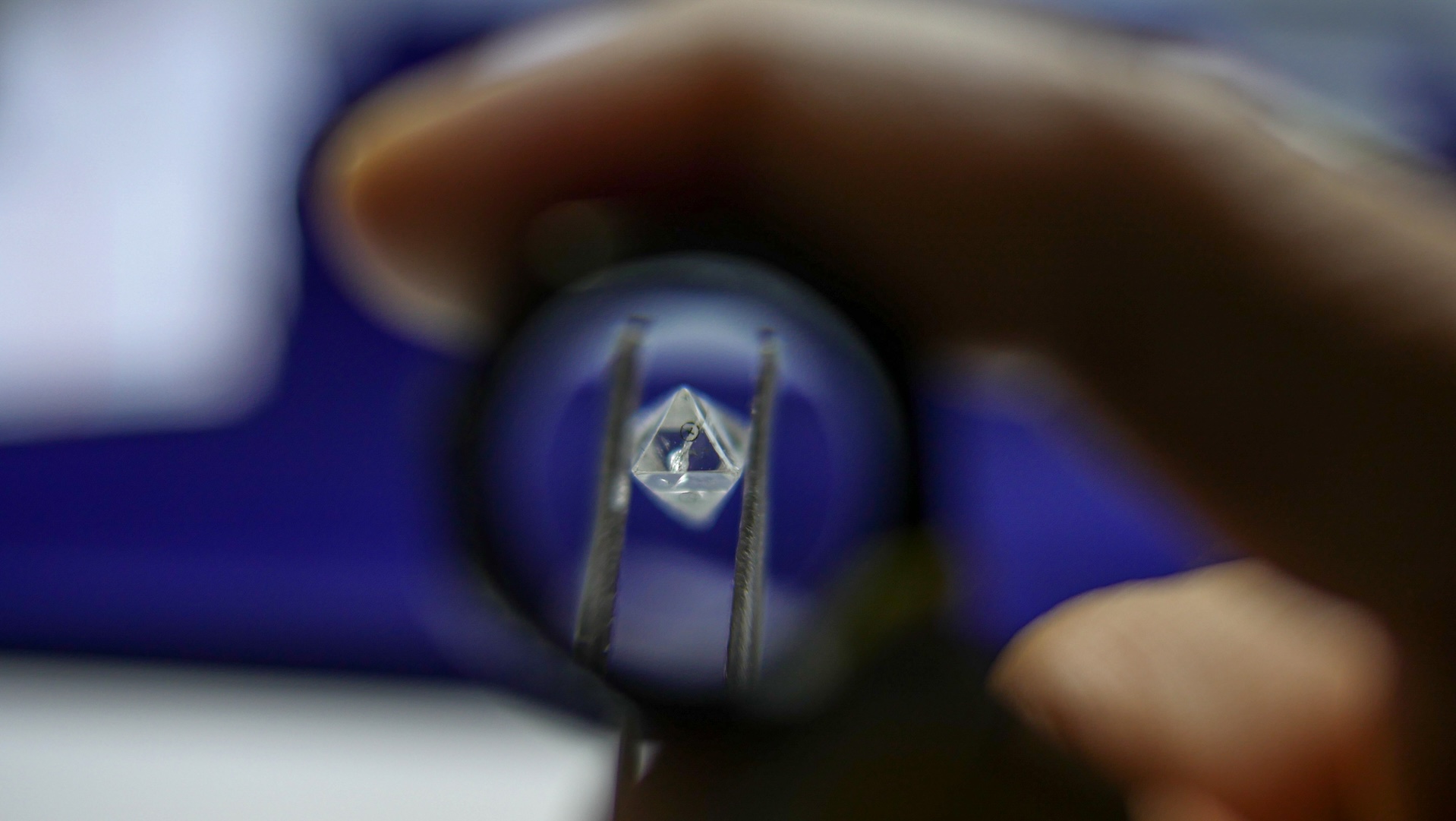Cancers, Vol. 16, Pages 1735: Management of High-Risk Neuroblastoma with Soft-Tissue-Only Disease in the Era of Anti-GD2 Immunotherapy
Cancers doi: 10.3390/cancers16091735
Authors: Maite Gorostegui Juan Pablo Muñoz Sara Perez-Jaume Margarida Simao-Rafael Cristina Larrosa Moira Garraus Noelia Salvador Cinzia Lavarino Lucas Krauel Salvador Mañe Alicia Castañeda Jaume Mora
Neuroblastoma presents with two patterns of disease: locoregional or systemic. The poor prognostic risk factors of locoregional neuroblastoma (LR-NB) include age, MYCN or MDM2-CDK4 amplification, 11q, histology, diploidy with ALK or TERT mutations, and ATRX aberrations. Anti-GD2 immunotherapy has significantly improved the outcome of high-risk (HR) NB and is mostly effective against osteomedullary minimal residual disease (MRD), but less so against soft tissue disease. The question is whether adding anti-GD2 monoclonal antibodies (mAbs) benefits patients with HR-NB compounded by only soft tissue. We reviewed 31 patients treated at SJD for HR-NB with no osteomedullary involvement at diagnosis. All tumors had molecular genetic features of HR-NB. The outcome after first-line treatment showed 25 (80.6%) patients achieving CR. Thirteen patients remain in continued CR, median follow-up 3.9 years. We analyzed whether adding anti-GD2 immunotherapy to first-line treatment had any prognostic significance. The EFS analysis using Cox models showed a HR of 0.20, p = 0.0054, and an 80% decrease in the risk of relapse in patients treated with anti-GD2 immunotherapy in the first line. Neither EFS nor OS were significantly different by CR status after first-line treatment. In conclusion, adding treatment with anti-GD2 mAbs at the stage of MRD helps prevent relapse that unequivocally portends poor survival.

 3 weeks ago
21
3 weeks ago
21


